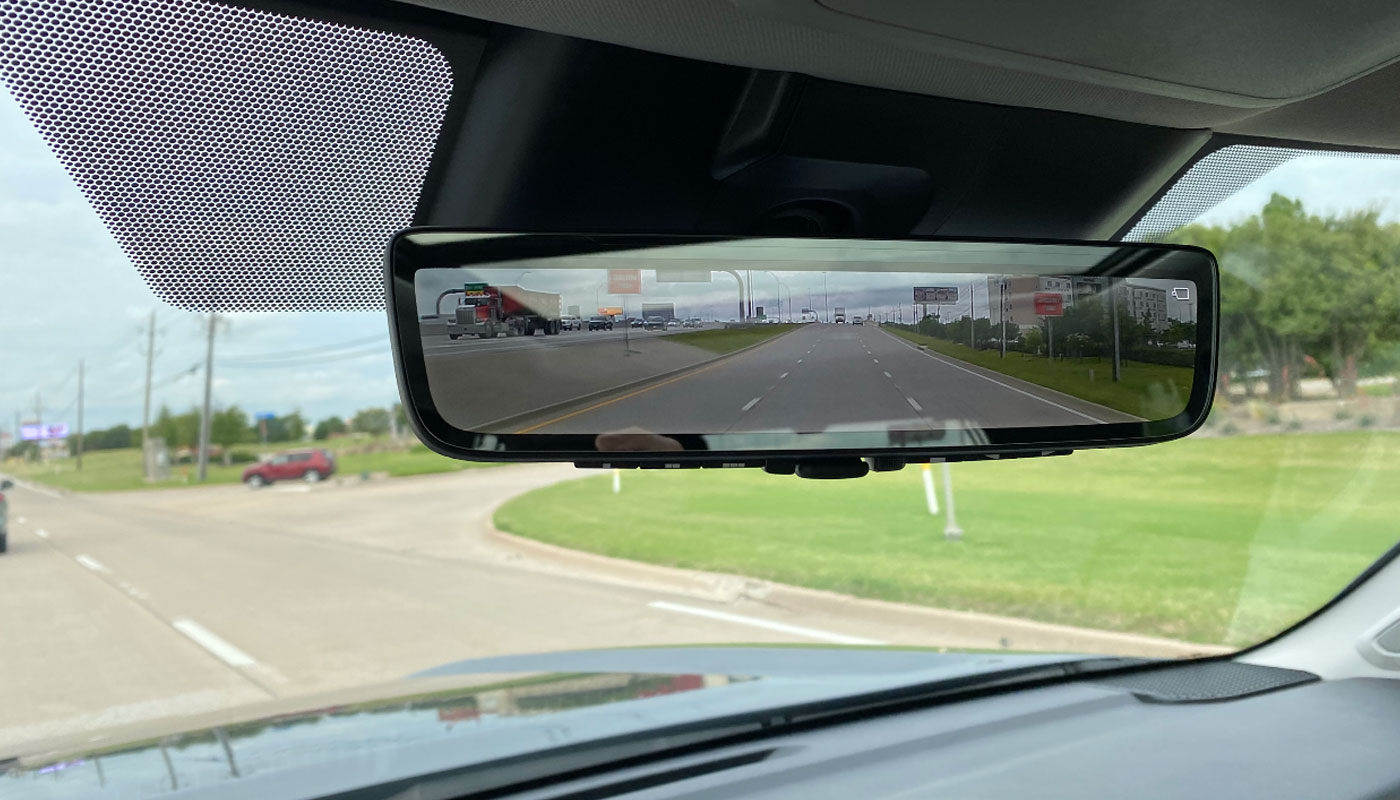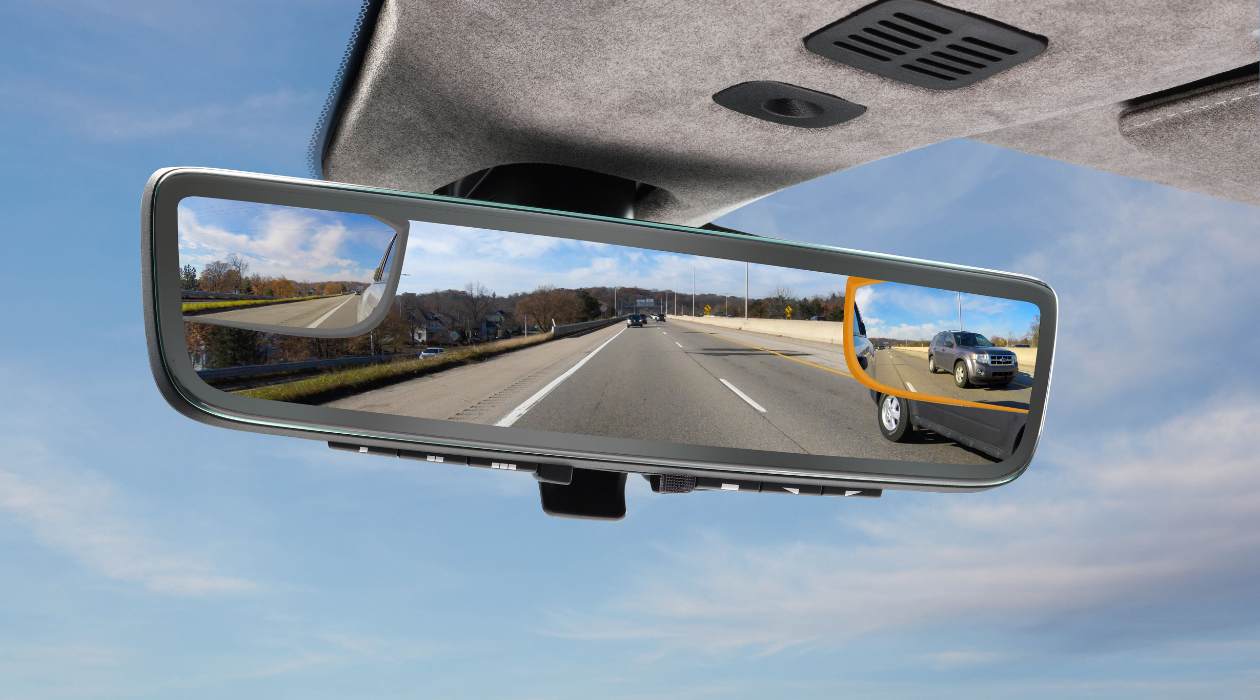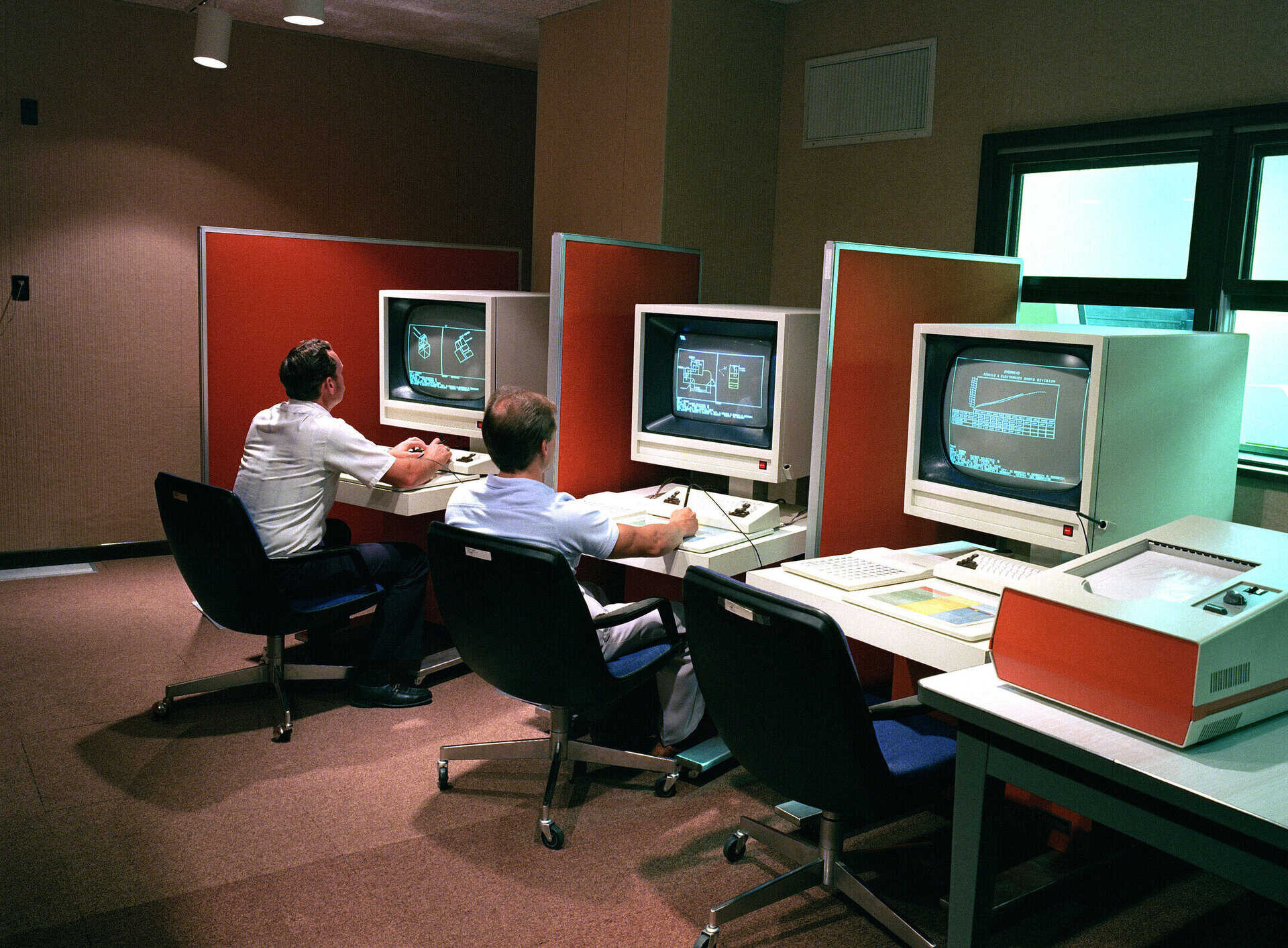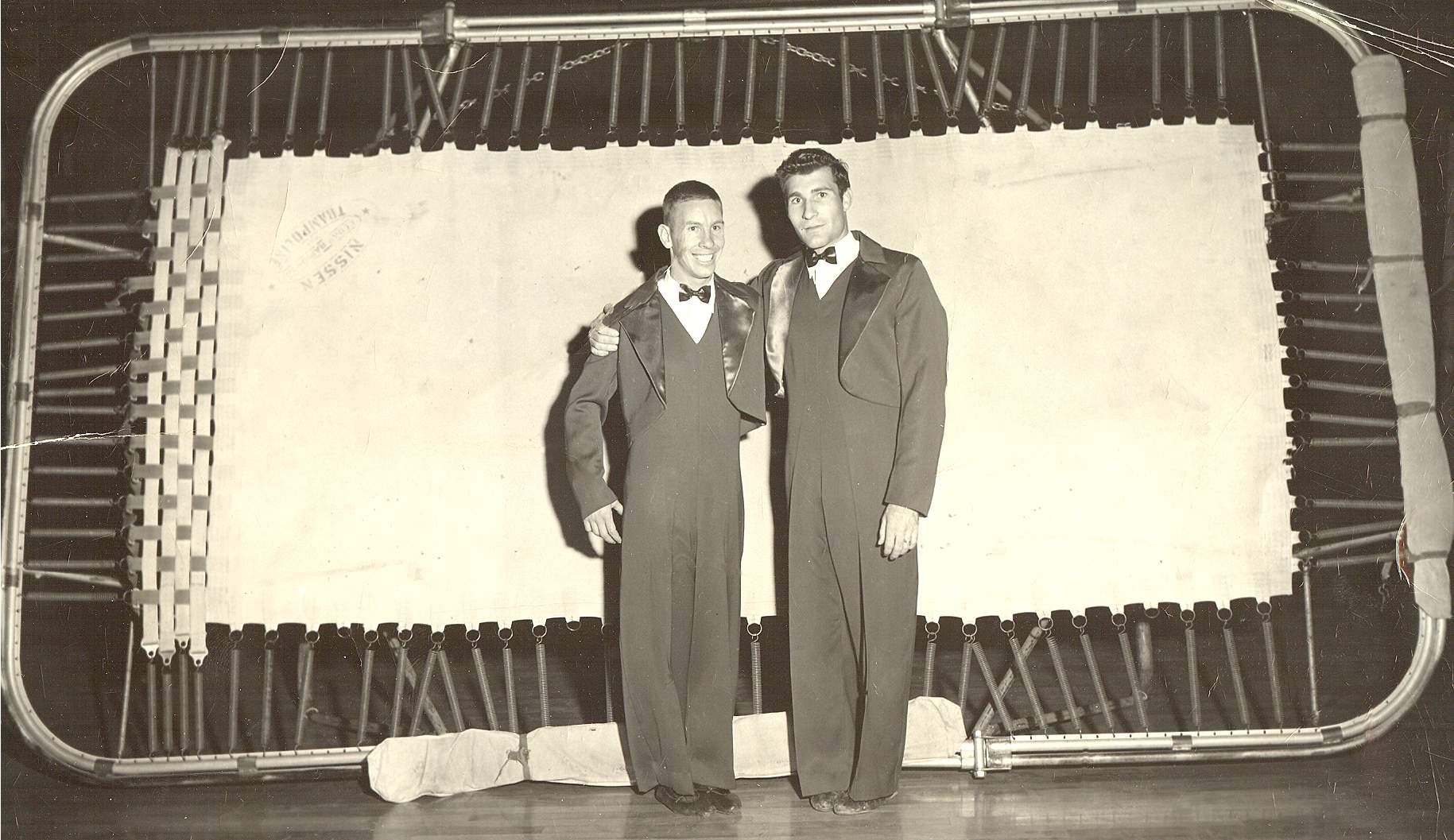

Articles
Who Invented Rear View Mirrors
Modified: October 28, 2024
Discover the history of rear view mirrors in our informative articles. Learn about the inventors and innovations that revolutionized automotive safety.
(Many of the links in this article redirect to a specific reviewed product. Your purchase of these products through affiliate links helps to generate commission for Storables.com, at no extra cost. Learn more)
Introduction
Rear view mirrors have become an integral part of our everyday lives, allowing us to navigate the roads with ease and stay safe on our journeys. But have you ever wondered who invented the rear view mirror? In this article, we will delve into the fascinating history of rear view mirrors, starting from their early concepts to the groundbreaking invention that revolutionized the way we drive.
Before the advent of rear view mirrors, drivers had to rely solely on their peripheral vision to see what was happening behind them. This lack of visibility posed a significant risk on the roads, as it made it difficult to detect oncoming vehicles or potential hazards. As automobile technology progressed, the need for a device that could provide a wider rear view became increasingly apparent.
Let’s explore the journey of rear view mirrors and the individuals who played a pivotal role in their invention and development.
Key Takeaways:
- Harriet Tracy’s invention of the Practical Rear View Mirror in 1911 revolutionized driver visibility and road safety, laying the foundation for the modern rear view mirror we rely on today.
- Advancements in technology have transformed rear view mirrors into sophisticated safety features, with innovations such as electronic displays, auto-dimming capabilities, and integration with advanced driver-assistance systems enhancing driver visibility and the overall driving experience.
Read more: Who Fix Rear View Mirrors
Early Concepts of Rear View Mirrors
The concept of rear view mirrors can be traced back to the early days of automobiles. In the late 19th and early 20th centuries, inventors and automobile enthusiasts experimented with various ideas to improve rear visibility in vehicles.
One of the earliest attempts to enhance rear visibility was through the use of side-mounted mirrors. These mirrors were placed on the sides of the vehicle, allowing the driver to catch a glimpse of the rear. However, this design had its limitations, as it only provided a narrow field of vision and often required the driver to turn their head to get a good look.
Another early concept was the use of periscopes, similar to those used on submarines. Periscopes were mounted on the roof of the vehicle and used mirrors to reflect the rear view to the driver. While this design offered a wider view, it came with its own set of challenges, including a distorted image and a significant obstruction to the driver’s line of sight.
Despite these early attempts, it wasn’t until the early 20th century that a practical and effective rear view mirror was invented.
Harriet Tracy: Inventing the First Practical Rear View Mirror
In the year 1911, a remarkable breakthrough in the world of rear view mirrors occurred, thanks to the ingenuity of a woman named Harriet Tracy. Harriet, an inventive and forward-thinking individual, recognized the need for a device that could provide drivers with a clear and unobstructed view of the road behind them.
Harriet’s invention was inspired by her observations of how riders on horse-drawn carriages used small handheld mirrors to see what was happening behind them. She realized that a similar concept could be applied to automobiles to improve rear visibility.
With this idea in mind, Harriet set out to create a device that would enable drivers to see behind their vehicles without the need for turning their heads or relying on side-mounted mirrors. After numerous experiments and prototypes, she came up with a design that would later be known as the “Practical Rear View Mirror.”
The Practical Rear View Mirror featured a simple yet effective design. It consisted of a flat piece of glass mounted inside a metal frame. This frame could be attached to the windshield or dashboard of the vehicle, providing a clear view of the road behind.
Harriet’s invention was a game-changer in the automotive industry. It quickly gained popularity and was embraced by both casual drivers and professional chauffeurs. The ease of installation and its practicality made it a hit among motorists, as it significantly improved safety on the roads.
Harriet Tracy’s invention laid the foundation for the modern rear view mirror that we know today. Her contribution to automotive safety cannot be understated, as her invention became a standard feature in all motor vehicles across the globe.
The rear view mirror was invented by Elmer Berger in 1921. He patented the idea of a rear view mirror that could be attached to the windshield, providing a wider field of vision for drivers.
Mass Production and Widespread Use
Following the invention of the Practical Rear View Mirror by Harriet Tracy, there was a surge in demand for this innovative device. Recognizing its potential to enhance road safety, automobile manufacturers quickly embraced the idea and began incorporating rear view mirrors into their vehicles.
The mass production of rear view mirrors began in the early 1920s, as advancements in manufacturing techniques allowed for the production of these devices on a larger scale. This made rear view mirrors more accessible and affordable for the average consumer.
As the use of rear view mirrors became more widespread, their importance in preventing accidents and improving road safety became increasingly evident. Driver visibility was significantly enhanced, making it easier to spot approaching vehicles, pedestrians, and potential hazards.
Government regulations and safety standards further contributed to the widespread use of rear view mirrors. In many countries, it became mandatory for vehicles to be equipped with functional rear view mirrors as a safety requirement. Failure to comply with these regulations could result in fines or even the revocation of a driver’s license.
With the increasing popularity of rear view mirrors, manufacturers began introducing innovative features to further improve their functionality. This included the introduction of anti-glare coatings, adjustable angles, and automatic dimming capabilities to reduce the glare from oncoming headlights.
Today, rear view mirrors have evolved to incorporate advanced technologies such as auto-dimming, electronic displays, and even camera systems. These advancements have further enhanced driver visibility and safety on the roads.
The use of rear view mirrors is not limited to automobiles alone. They are also employed in various other transportation means, including motorcycles, bicycles, and even certain types of heavy machinery.
It is undeniable that rear view mirrors have revolutionized the way we navigate the roads. They have become an essential tool in ensuring our safety and the safety of others. Their widespread use and continuous advancements make them an indispensable part of the modern automotive industry.
Advancements and Modifications to Rear View Mirrors
Since the invention of the Practical Rear View Mirror by Harriet Tracy, there have been numerous advancements and modifications to rear view mirrors to further improve their functionality and address specific needs of drivers.
One significant advancement in rear view mirrors is the integration of technology. Traditional mirrors have been replaced with electronic displays, commonly known as “smart mirrors.” These displays provide a real-time video feed from cameras positioned at the rear of the vehicle. This technology offers a wider and clearer view, eliminating blind spots and improving overall visibility.
Another major innovation is the introduction of auto-dimming rear view mirrors. These mirrors automatically detect bright light from the headlights of vehicles behind and adjust their brightness to reduce glare. This feature ensures that drivers are not dazzled by the headlights, enabling them to maintain better focus on the road.
In recent years, there has also been a trend towards making rear view mirrors more aerodynamic and sleek. This has led to the development of smaller, streamlined mirror designs that reduce wind resistance and enhance the overall aesthetics of the vehicle.
One interesting modification to rear view mirrors is the addition of blind-spot detection systems. These systems use sensors to monitor the blind spots around the vehicle and provide visual or audible alerts when there is a vehicle in close proximity. This technology helps drivers make safer lane changes and prevents accidents caused by unseen vehicles.
To cater to the needs of specific groups, there are rear view mirrors designed for taller individuals or those with disabilities. These mirrors can be adjusted to provide a higher or wider view, ensuring that drivers of all heights have clear visibility.
Furthermore, with the rise of technology, rear view mirrors are now being integrated with features such as GPS navigation systems, hands-free calling, and even vehicle diagnostics. This convergence of functions enhances convenience and safety by reducing distractions and minimizing the need for additional devices in the vehicle.
As the world moves towards autonomous driving, rear view mirrors are becoming more integrated into advanced driver-assistance systems (ADAS). These systems utilize sensors, cameras, and artificial intelligence to provide a comprehensive view of the vehicle’s surroundings, further enhancing safety and enabling features such as lane-keeping assist and automatic emergency braking.
Undoubtedly, advancements in technology and design have transformed rear view mirrors into sophisticated and indispensable components of modern vehicles. With each innovation, they continue to evolve, keeping pace with the changing demands and expectations of drivers.
Read more: How Much Are Rear View Mirrors
Conclusion
The invention of the rear view mirror by Harriet Tracy marked a significant milestone in automotive history. It revolutionized driver visibility and played a critical role in improving road safety. From its early concepts to the practical implementation, rear view mirrors have undergone remarkable advancements and modifications over the years.
Thanks to mass production and widespread use, rear view mirrors have become an essential safety feature in vehicles around the world. They provide drivers with a clear view of the road behind them, enabling them to make informed decisions and avoid potential accidents.
Advancements such as electronic displays, auto-dimming capabilities, and integration with advanced driver-assistance systems have further enhanced rear view mirrors’ functionality. These innovations have addressed specific issues, such as blind spots and glare, providing drivers with improved visibility and a safer driving experience.
As technology continues to evolve, rear view mirrors will likely undergo even more transformations. We can expect to see further integration with advanced technologies, such as augmented reality displays or even camera systems replacing traditional mirrors entirely. These advancements will continue to prioritize driver safety and convenience.
Despite the advancements, it is essential for drivers to remember that rear view mirrors are just one tool in their arsenal for safe driving. It is crucial to adopt other safety practices, such as regular mirror adjustments, shoulder checks, and utilizing blind-spot detection systems if available.
In conclusion, rear view mirrors have come a long way since their early concepts, thanks to the invention by Harriet Tracy. They have ushered in a new era of road safety, providing drivers with greater visibility and confidence behind the wheel. As we look to the future, rear view mirrors will continue to evolve alongside technological advancements, ensuring that drivers can navigate the roads safely and with peace of mind.
Frequently Asked Questions about Who Invented Rear View Mirrors
Was this page helpful?
At Storables.com, we guarantee accurate and reliable information. Our content, validated by Expert Board Contributors, is crafted following stringent Editorial Policies. We're committed to providing you with well-researched, expert-backed insights for all your informational needs.















0 thoughts on “Who Invented Rear View Mirrors”